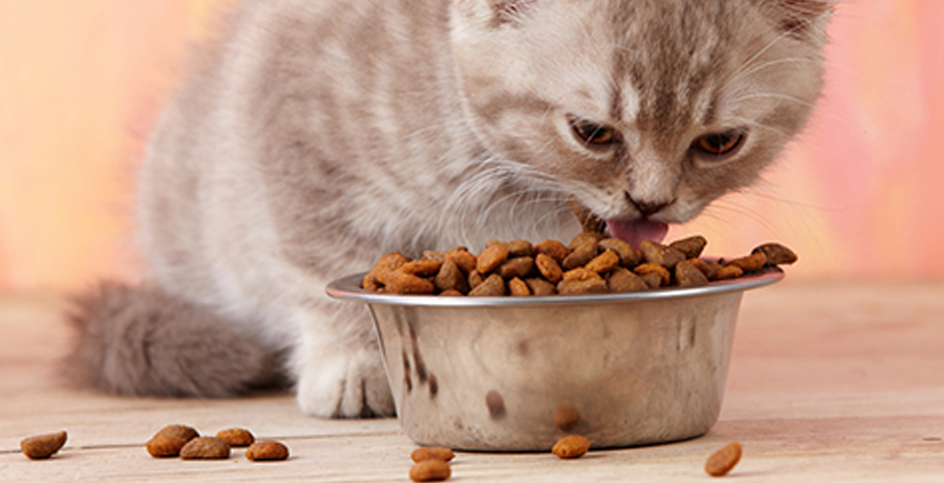- care
Cat food: My cat loves eating!

Cats have always been considered very demanding animals with regard to food. They won't eat just anything and they are reluctant to try new things. There is some truth to these assertions, but in order to explain them, we should go back to cats' origins.
Meat and just meat
Cats' ancestors were strict carnivores and they spent most of the time hunting. Domestic cats are adapted to this type of diet: their jaws, digestive system and behaviour are designed to turn them into perfect hunting machines. Therefore, their main source of food is meat. Nowadays, cat food manufacturers take this fact into account and they include animal protein as the main source of food, whether it is beef and chicken meat or salmon and tuna meat.
Smelling some sardines...…
As "Lord Tom Cat", the popular Spanish traditional song, says: "smelling some sardines, the cat resuscitated..." and although we all know this is quite unlikely, there could be an element of truth in this. The sense of smell is much more sensitive in cats than in humans and it is immediately triggered when cats are faced with food. If they like the smell, they will eat the food even it is tasteless. This is where their sense of taste comes into play. Both senses combine to allow cats appreciate their food as a whole. Regarding taste, cats are not very keen on sweet food, they reject acidic and bitter foods, but they love salty tastes.
Plentiful water
Water is essential to keeping cats' health and well-being. They need fresh and clean water regardless of their diet, and it must be replaced every day. Always use ceramic, glass or stainless steel water feeding stations, since plastic may give a bad taste to water and they would subsequently reject it.
Even if cats drink more water than usual during the warm months, owners must know the amount of water cats drink every day, because if they increase or reduce their water intake it might be a sign that something is wrong with their organism.
Eating is funny
If domestic cats lived in the wild, they would spend more than six hours a day chasing, detecting, catching and eventually eating their prey. At home, they only have to go to their feeding station to sustain themselves; therefore, it is essential to provide them with stimuli so they don't lose their interest for food. Here are some tips:
• Hide food rolls in small cardboard boxes with their cover slightly open, so cats need to make an effort to get the food out.
• Join two plastic glasses of yoghurt, make some holes of the size of a coin and put some dry food inside. Run a rope through the device and hang it at a distance your cat is able to reach. You have to encourage it to tap it with its footpads so it is able to reach the delicious delicacy.
These are just some tips. If we just take one minute to think, we will find thousands of ways to have a good time with our cat while we improve its quality of life.
¿Why doesn't my cat eat?
• Stress is a bad feeding partner. Moving house, being hospitalised or losing a member of the family may affect your cat's appetite.
• Felines also reject foods that are poor in certain vitamins and minerals, such as thiamine, so we must make sure that their diet includes all the necessary nutrients to satisfy their needs.
• Age, health condition and sexual activity also affect their appetite. For instance, the sense of taste in older cats declines to such an extent that they no longer appreciate the taste of food.
• Placing cat food feeding stations in any place at home is not enough. Cats are very sensitive to light and noises, so you must make sure they eat in a calm and relaxing place.
• It is not advisable to place the water bowl next to the food feeding station, so that cats have to move and search for it, as they would do in the wild. If you have more than one cat, make sure that each one has its own neat water bowl.


